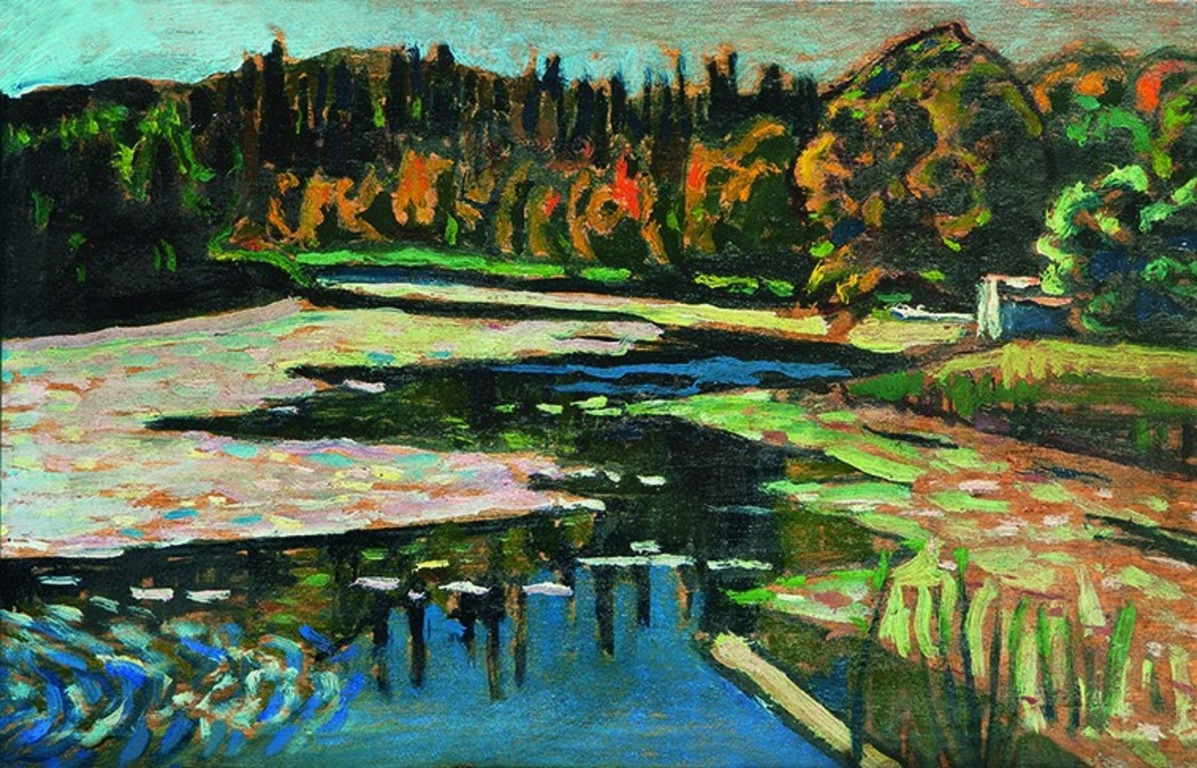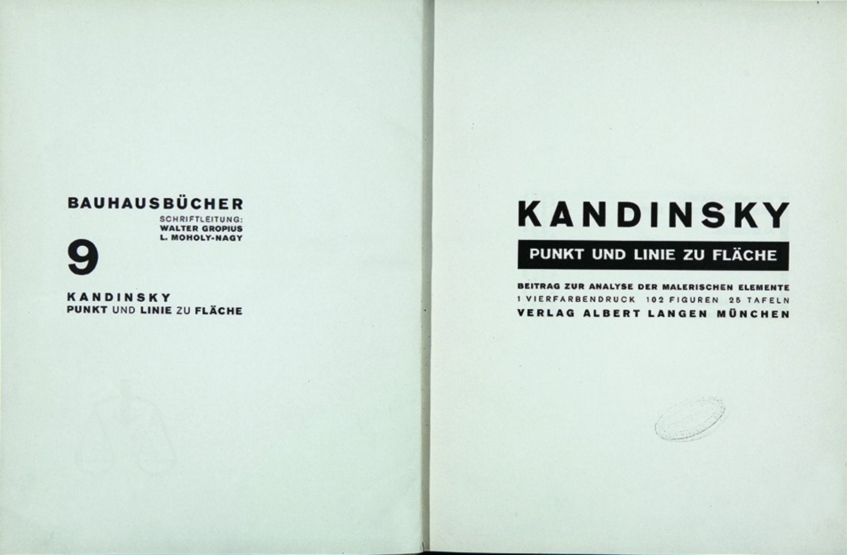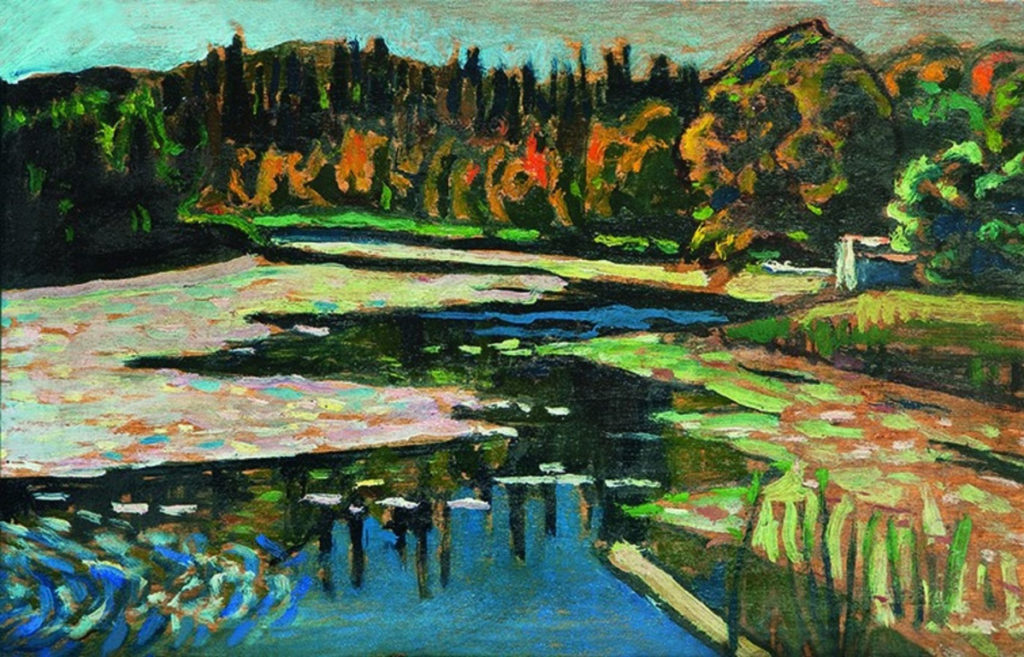26 February 2022
26 June 2022
Following the footsteps of Kandinsky

When
26 February 2022
26 June 2022

Press Office
An exhibition dedicated to one of the greatest artists of the 20th century: Vasilij Kandinskij (1866-1944).
An unprecedented exhibition in Italy for the number and quality of the works presented: eighty masterpieces by the great Russian master, dating from around 1900 to 1940, to which paintings by his “fellow travelers”, such as Gabriele Münter, Paul Klee, Arnold Schönberg, Alexej von Jawlensky, Marianne von Werefkin are added, as well as original edition books, documents, photographs, rare videos, memorabilia, popular art objects. A very rich exhibition that aims to reveal Kandinksij’s enigma and follow in the footsteps of his creative path, in constant relationship with the musical dimension and the deep roots of his Russian origin.
In the footsteps of Kandinskij
Vasilij Kandinskij, The knight (St. George), 1914-1915
Flying over a new world
So much more than just a great artist. Vasily Vassilyevich Kandinsky (Moscow, 16 December 1866 – Neuilly-sur-Seine, Paris, 13 December 1944) was a creator of worlds who conceived and shaped a visual universe at once new and free. Abstract art is perhaps the most significant revolution of 20th-century art, yet despite its subversive energy, its origin does not lie in inflammatory speeches or avant-garde manifestos. Instead, it is the result of a slow, gradual development stemming from the realms and reasons of the spirit. Visitors can therefore follow in the footsteps of a genius, along a creative path whose constants were a connection with music and with the roots of his Russian soul, the quest for inner authenticity and spiritualistic irrationalism. Thus, before taking flight, we must remember that although valid, rational means are not enough to approach Kandinsky. To observe his art, we need more than our eyes and mind; we must draw on all the mental and sensory faculties at our disposal to penetrate it.
Vasilij Kandinskij, Sunday (Old Russian), 1904
There are many matrices from which Kandinsky’s radical visual language was generated: from his knowledge of Impressionism to the very strong power of suggestion exercised on him by music, to his acquaintances in the Jugendstil and secessionist Munich of the early twentieth century, up to the bond, he who he came from a cultured and wealthy family, with the popular culture of deep Russia which, with its objects, had fascinated him since childhood.
In the notebooks of those years there are drawings of everyday objects and details of the decorations of the colorful wooden houses, annotations of songs and proverbs, prayers and incantations. He also began to collect icons, toys, spinning wheels, engravings and popular prints (the lubki) which greatly influenced the evolution of his art, as evidenced, for example, by the 1904 oil Sonntag.



 Italiano
Italiano












